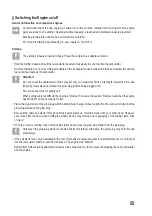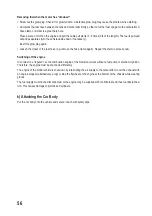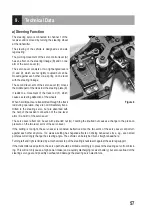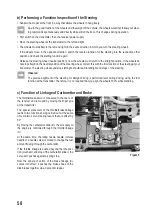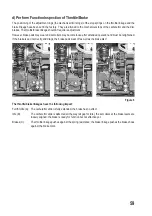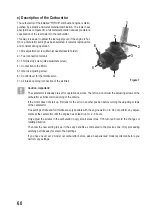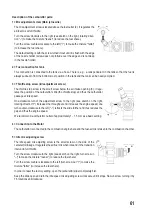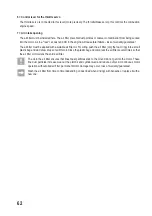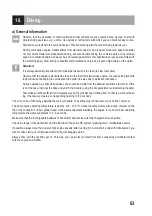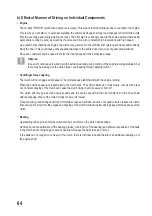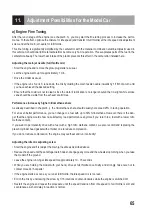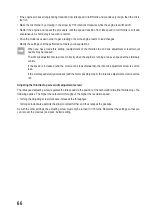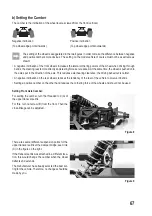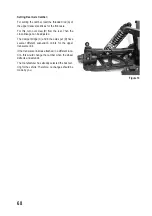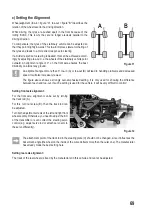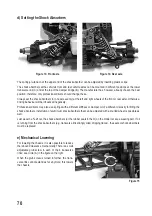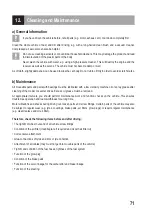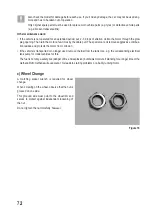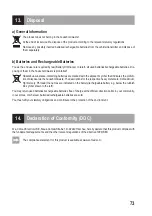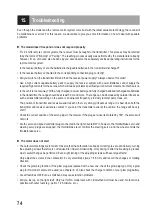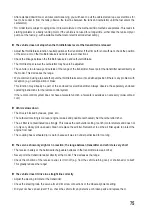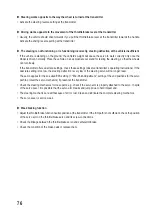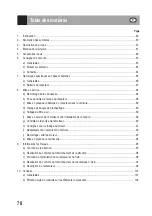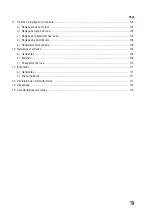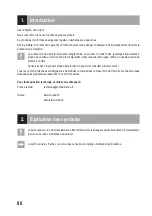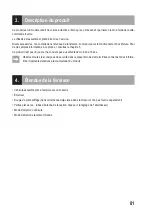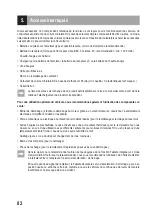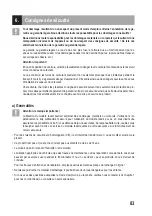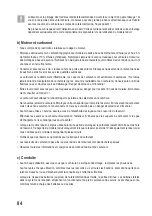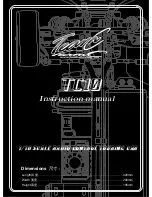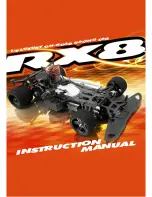
69
c) Setting the Alignment
Wheel alignment (toe-in = figure "A", toe-out = figure "B") describes the
relation of the wheel level to the driving direction.
While driving, the tyres are pushed apart in the front because of the
rolling friction. This is why they are no longer precisely parallel to the
driving direction.
To compensate, the tyres of the stationary vehicle can be adjusted so
that they point slightly inwards. This toe-in improves lateral cornering of
the tyres and leads to a more direct response to steering.
If a milder response to steering is desired, this can be achieved accord-
ingly by adjusting a toe-out, i.e. the wheels of the stationary vehicle point
outward. An alignment angle of 0° on the front axle ensures the best
drivability on almost any ground.
An alignment angle of more than 3° toe-in (A) or toe-out (B) will lead to handling problems and decreased
speed. It will also increase tyre wear.
The figure above shows a strongly over-emphasised setting. It is only used for showing the difference
between toe-in and toe-out. If such a setting is used for the vehicle, it will be very difficult to control!
Setting front axle alignment:
For the front axle, alignment can be set by turning
the track rod (A).
For this, turn out screw (B). Then the track rod can
be adjusted.
Turn both adjustment screws of the left and right front
wheels evenly. Otherwise, you need to adjust the trim
of the transmitter or even correct the steering servo
control (e.g. adjust servo rod or attach servo arm to
the servo differently).
The attachment point of the track rod in the steering plate (C) should not be changed, since it influences the
Ackermann angle (the wheel on the inside of the curve deflects more than the outer one). The manufacturer
has already made the best setting here.
Setting rear axle alignment:
The track of the rear wheels is fixed by the manufacturer in this vehicle and cannot be adjusted.
Figure 12
Figure 11
¦ ¦
A
B
A
B
C
Summary of Contents for 1456608
Page 154: ...154 ...
Page 155: ...155 ...

